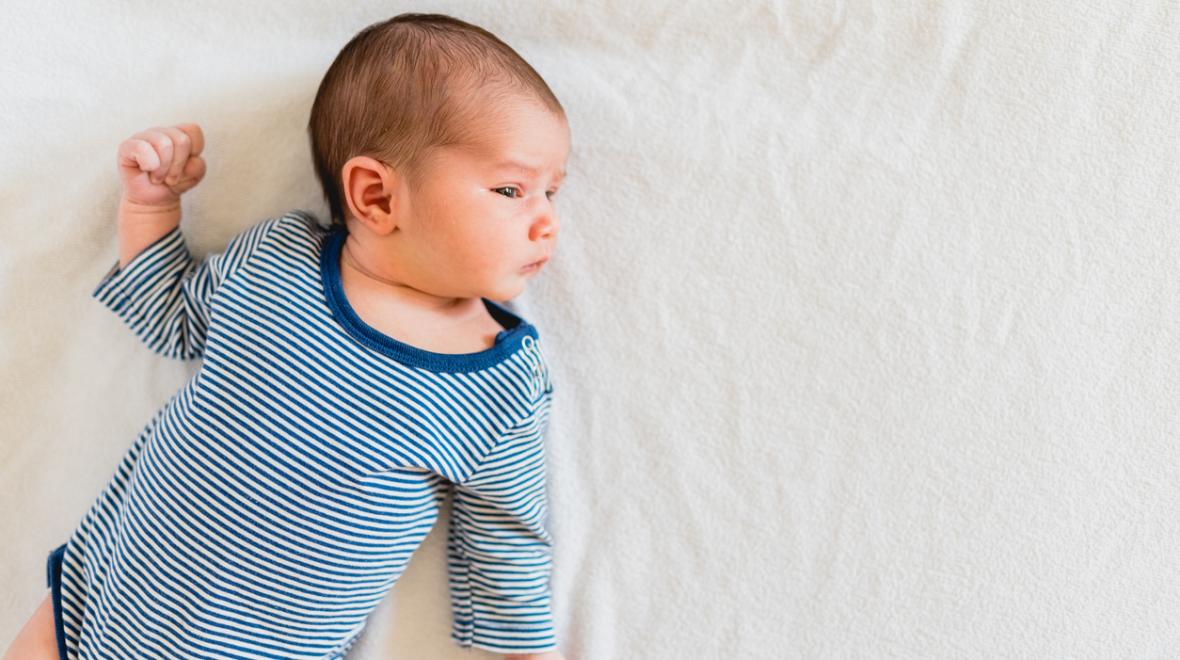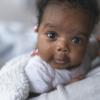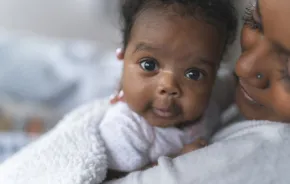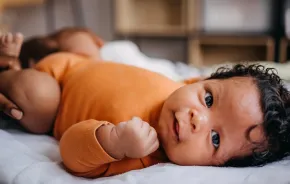
Editor's note: This article was sponsored by Seattle Children's Hospital.
In recent years, there’s been an alarming number of product recalls as babies suffocate and die in sleep positioners that aren’t safe or weren’t designed for sleeping.
Last September, The Boppy Company recalled more than 3.3 million “Newborn Loungers” after they were linked to eight reported infant sleeping deaths, according to the U.S. Consumer Product Safety Commission (CPSC). Meanwhile, that commission has also cautioned against using any inclined sleepers after more than 70 infant deaths were associated with those products.
Too often, it isn’t until products enter the market and more children are exposed to them that the hazards become apparent, notes Mollie Greves Grow, M.D., MPH, a University of Washington associate professor of pediatrics in practice at Seattle Children’s Hospital and the UWMC Pediatrics Clinic. At the same time, exhausted families are often so desperate for a good night’s rest that they may put their child to sleep in a product not designed for that purpose.
These tragedies emphasize the importance of following infant sleep safety recommendations: For the first year of life, babies should always be placed to sleep on their backs on a firm, flat surface with a tightly fitted sheet. The crib should be empty, without any objects that could suffocate or entrap them, such as pillows, bumper pads or a sleep positioner. These guidelines are important not only for nighttime sleep but also for anytime and anyplace an infant naps — which can happen frequently in the early months. (Find more recommendations for creating a safe sleep environment from the American Academy of Pediatrics here.)
“It’s just really sad and upsetting when serious harm and death comes as a result of babies not being able to reposition or get into a place where they can fully breathe,” says Grow. “It feels like such a tragic, preventable death in most cases.”
What’s happening and why
In the United States, about 3,400 babies die suddenly and unexpectedly while sleeping each year, according to the Centers for Disease Control and Prevention. Causes include strangulation and suffocation as well as sudden infant death syndrome (SIDS), or a sudden and unexplained death of a baby younger than 1.
Suffocation can occur when babies move into a position that obstructs their breathing, Grow says. Without the muscle strength to reposition themselves effectively, they’re more likely to get stuck in a spot that doesn’t allow enough air flow. For example, with inclined sleep products, an infant’s nose and mouth may be too close to the side, restricting their airflow and leading them to breathe in their own carbon dioxide. When babies are propped up on an incline, their heads can fall forward, blocking their airway. Soft objects or loose bedding can also suffocate them.
“Anything that’s soft can get up near their nose and obstruct breathing quickly,” warns Grow.
Some babies may not have the ability to detect low oxygen and arouse from sleep, something clinicians and researchers believe may be associated with SIDS. Sleeping on their side or stomach is more dangerous than on the back, a position that provides more access to oxygen. Since the start of the “Back to Sleep” campaign in 1994 (now called the Safe to Sleep campaign), the overall rate of SIDS has declined by more than 50 percent in the United States.
‘Everyone’s desperate for sleep’
Grow has personally seen children die in our community from unsafe sleep practices.
“Everyone’s desperate for sleep,” says Grow, “But, even when you’re feeling desperate, try to find other ways. You don’t want a tragedy.”
When families are struggling, she encourages them to utilize their network to get support for rough stretches. As hard as it is in that moment, keep in mind there is no sleep product that will guarantee your baby will sleep. There’s a level of brain development and developmental maturation that needs to happen before babies can self-soothe through the sleep arousals that happen for all of us. Some get to that point sooner than others.
“Sometimes it’s a Herculean effort to get through that phase,” says Grow. “But the vast majority will get there.”
Cultural and philosophical differences
While the advice is clear about the safest approach to infant sleep, Grow and other pediatricians acknowledge there can be cultural differences at play. For example, some cultures traditionally bed-share with infants.
Babies should sleep in their own crib in their parents’ room until they’re 6 months old, Grow says. While bed sharing isn’t recommended, pediatricians recommend strategies for minimizing harm. These include having just one adult in the bed with the baby and no other children. There should be no blankets in the bed and babies shouldn’t be in a position where they could get wedged up against a wall. Any adult who might bed-share with an infant needs to be mindful not to consume alcohol, smoke, or take any drugs or other medications that might make them more sleepy.
In recent years, there’s also been a movement toward “attachment parenting,” with many considering bed sharing part of that approach. Grow tries to convey the message that you can create that strong bond without bed sharing.
Complicating all of this is the impact of social media and other personal influences. There are too many images posted online depicting infants in unsafe sleeping positions, which adds to broader misconceptions, she says. Plus, many of the current generation of parents weren’t part of the safe sleep efforts which took hold in the 1990s. That means grandparents might still be encouraging parents to put babies to sleep on their stomachs.
Federal rules for product safety
Grow is heartened by a broader movement to regulate infant sleep products. In mid-2022, any product marketed or intended for infant sleep for babies younger than 5 months of age will have to meet a federal safety standard, according to the CPSC. That could mean the elimination of products that don’t meet safe sleeping standards, such as inclined sleepers, in-bed sleepers, and travel and compact bassinets, the commission reports. The move does not address items that aren’t marketed or designed for infant sleep, but might be used for that purpose, such as baby swings.
The move is a strong step forward in the effort to create consumer safety regulations, Grow notes. She points to federal regulations around car seats or vehicle back-up cameras. Having that guidance and oversight for infant sleep products makes a lot of sense.
“It’s important for us to identify these products before a tragedy occurs,” says Grow. “That’s the kind of protection we need for infants.”
|
Sponsored by: |












